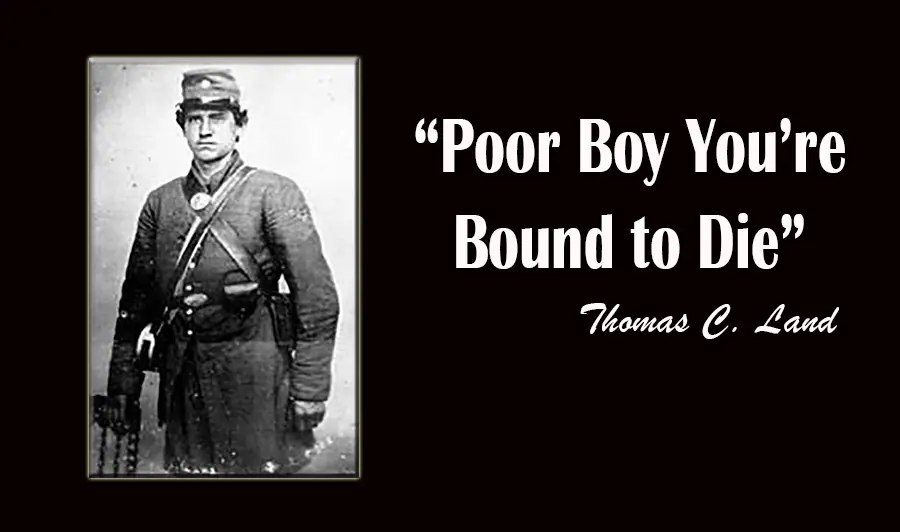Fightin’ Side of Me
Written by Annette Grady on September 27, 2020
Merle Haggard was an American singer-songwriter who earned a reputation as a country music icon with his soulful and honest music that spoke to people’s struggles, hopes, and dreams. Born in 1937 in California, Haggard grew up in a poor family and had to work hard from an early age. His father died when he was nine, and he started getting into trouble with the law when he was a teenager. However, music was always his passion, and he learned to play guitar and sing by listening to country radio stations and imitating his favorite artists.
In the 1960s, Haggard began his career as a professional musician, playing in bars, clubs, and honky-tonks across the United States. He recorded his first album, “Strangers,” in 1965, which included his breakthrough hit, “I’m a Lonesome Fugitive.” The song, which Haggard co-wrote with Liz Anderson, was inspired by his own experiences in prison and became a top 10 hit on the country charts.
Over the next decade, Haggard continued to write and record songs that resonated with his fans and earned him critical acclaim. He wrote about love, heartache, hard times, patriotism, social justice, and the human condition. In December 1969, Haggard recorded two tracks – “Fightin’ Side of Me” and “Every Fool Has a Rainbow” – in the studio, produced by Ken Nelson and recorded on Capitol Records. He released them a month later, and “Fightin’ Side of Me” received a positive response from the public. The song, written in response to the time’s anti-war and civil rights movements, expressed Haggard’s pride in being an American and his opposition to those who criticized the country. The song became a hit, reaching number one on the country charts and staying there for three weeks.
Haggard’s success continued in the 1970s with songs like “Okie from Muskogee,” “The Fightin’ Side of Me,” and “Sing Me Back Home.” He won numerous awards, including the Country Music Association’s Entertainer of the Year award 1970. However, he also faced criticism from some who saw his music as too conservative or jingoistic. Haggard, however, remained true to his roots and beliefs and continued to write and perform music that spoke to him and his fans.
After the success of “Okie from Muskogee,” Haggard felt that his image was becoming too political and wanted to change direction. He had written a song about an interracial relationship, but the label was worried that it could hurt his image. So they released “Fightin’ Side of Me” instead of “Irma Jackson.” Despite the concerns, Haggard included “Irma Jackson” on his album “Let Me Tell You About a Song” in 1972, as he believed in freedom of speech. Even though the song may have shocked the public, Haggard stood by his beliefs.
Merle Haggard was more than just a singer or songwriter. He was a storyteller, a poet, and a voice of his generation. His music reflected his life, his struggles, his triumphs, and his values. He was a man who spoke his mind, stood up for what he believed in, and never forgot where he came from. He died in 2016 at 79, but his legacy lives on in his music and the hearts of his fans.
Reader's opinions
Leave a Reply
You must be logged into post a comment.






David Pugh On October 20, 2020 at 2:57 pm
As a person who grew up in the seventies, I was very familiar with your story on Merle Haggard. I enjoyed reading this a lot. I had a country band, and we played many venues in the seventies. My biggest thrill was our trips to Renfro Valley, to appear on their big show. I got to sing Fighting Side of Me, and Okie From Muskogee, many times on various stages. Sonny and Bobby, the Osborne Brothers had a great version of Haggard’s Fighting Side of Me. Thank you for sharing this, Annette.